“Book a holiday to the seaside, take this book with you and enjoy the wonderful world of marine plankton! … I have not seen a better beginners guide to the subject … a book that you wished was published years before.”
(Wim van Egmond, Microscopy-UK, review of the first edition)
And here is the second edition. Its most evident new feature is the considerable increase in the number of photographs, from 660 to now 930. In particular, numerous Mediterranean species have been added, leading, among others, to the inclusion of entirely new plates on trematodes, sipunculids, pelagic gastropods, several crustacean taxa, enteropneusts, and holothurians.
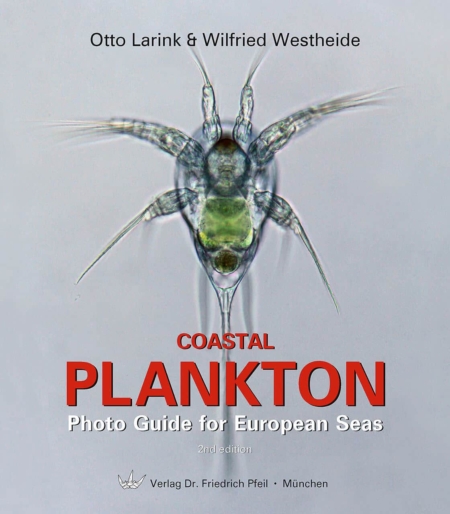
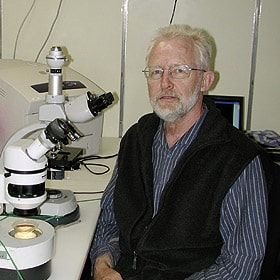
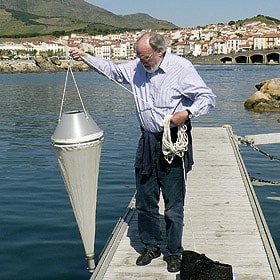
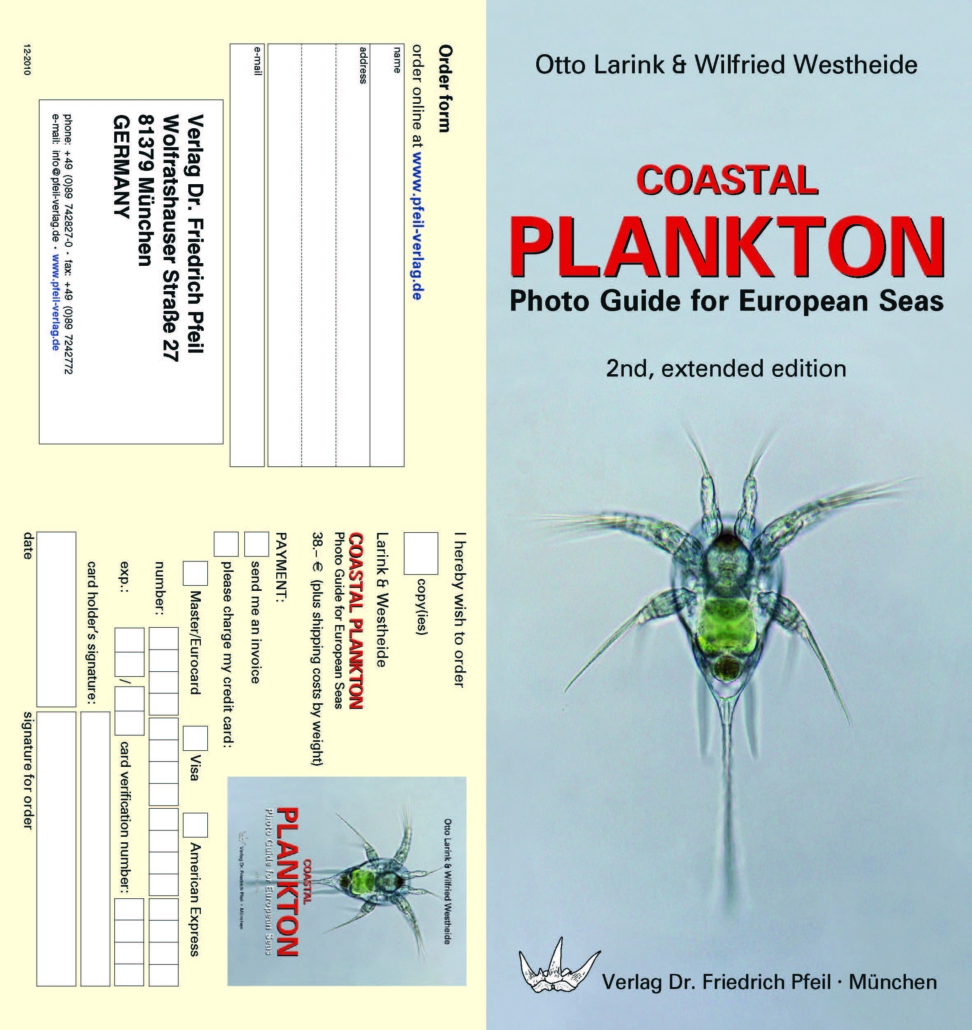
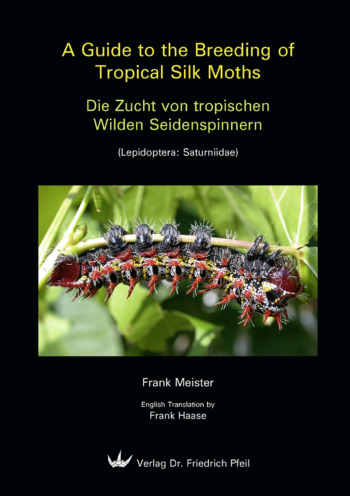
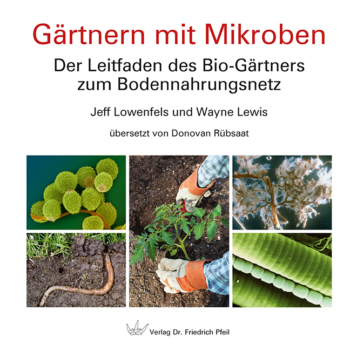
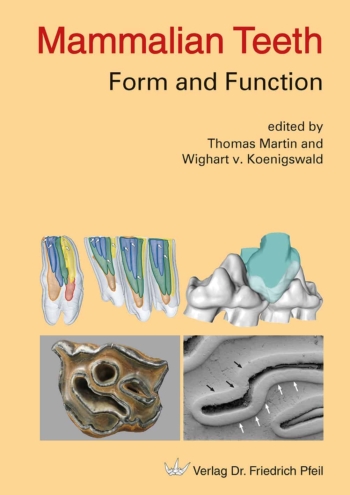
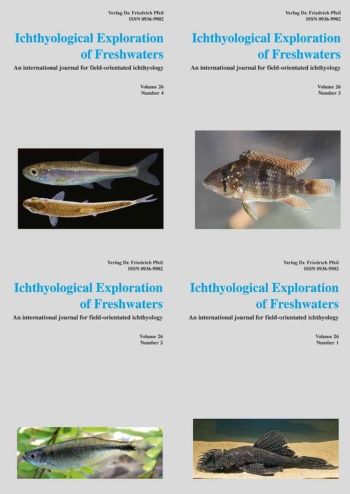
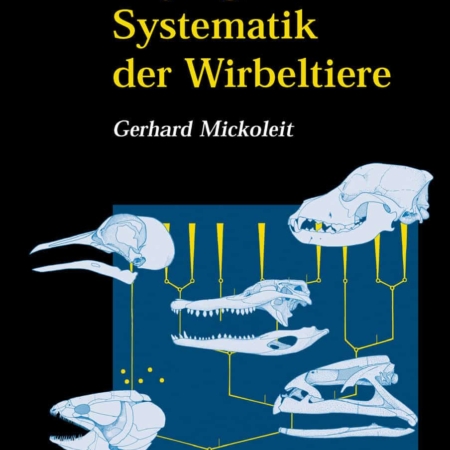
Reviews
There are no reviews yet.